Most people immediately picture Caribbean islands when cruises come up in conversation. Maybe they’ll think of a Mediterranean adventure if they’re feeling bold. Yet these popular routes dominate travel brochures and Instagram feeds while representing just a tiny fraction of what’s actually possible on the water.
The cruise industry has quietly expanded into some truly unexpected corners of the world — offering journeys that feel more like expeditions than vacations. Here’s a list of 17 cruise routes that most travelers have never even heard of, each one delivering something completely different from your typical cruise experience.
The Northwest Passage
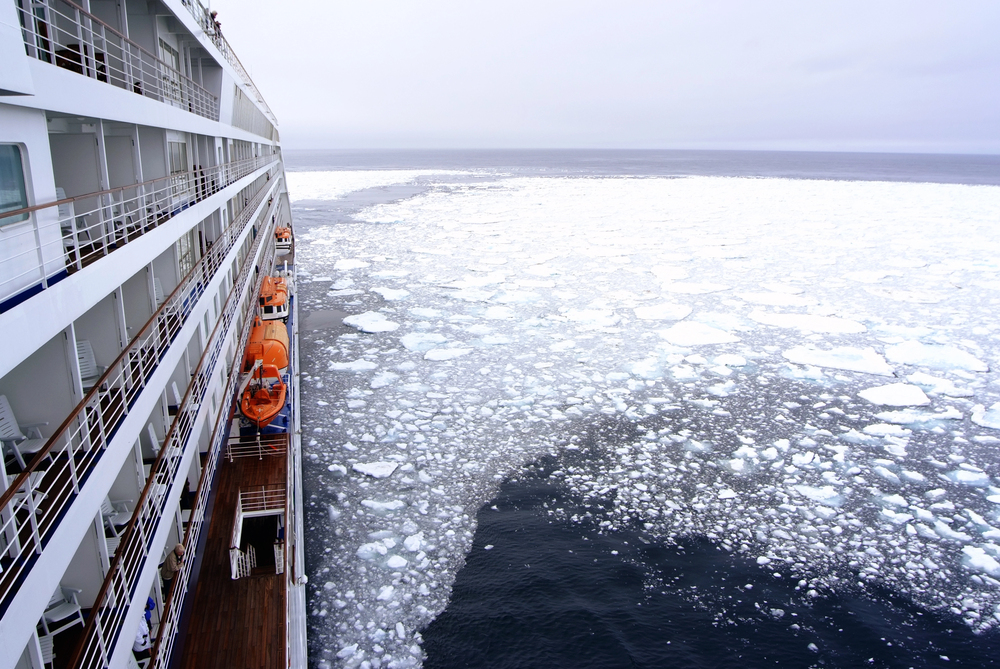
Arctic cruising through the Northwest Passage feels like traveling to another planet. Polar bears wander along the shoreline while massive icebergs dwarf your ship entirely. This route connects the Atlantic and Pacific oceans through the Canadian Arctic, following the same treacherous path that explorers spent centuries trying to navigate. The journey typically runs from late July through September — when the ice melts enough to allow safe passage. You’ll stop at remote Inuit communities where people still live much like their ancestors did, creating one of the most culturally immersive cruise experiences available.
Madagascar and the Mozambique Channel
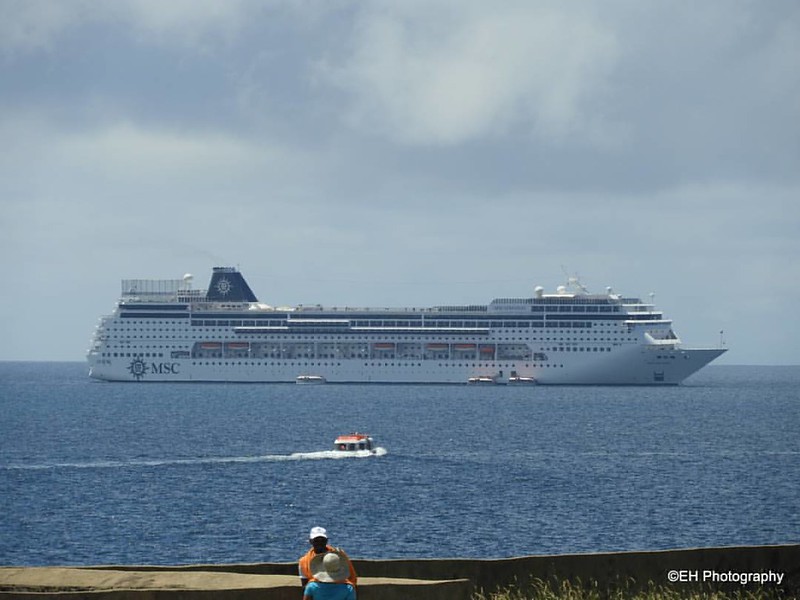
Madagascar sits off the eastern coast of Africa like a forgotten world. It’s home to plants and animals that exist nowhere else on Earth. Cruise ships venturing into the Mozambique Channel offer stops at places like Nosy Be and the Comoro Islands — where vanilla plantations meet pristine beaches. The waters here rank among the clearest you’ll find anywhere, making them perfect for spotting whale sharks and manta rays. Most travelers never consider this region for cruising, even though it offers the kind of untouched beauty that’s becoming increasingly rare in our connected world.
Kimberley Coast, Australia
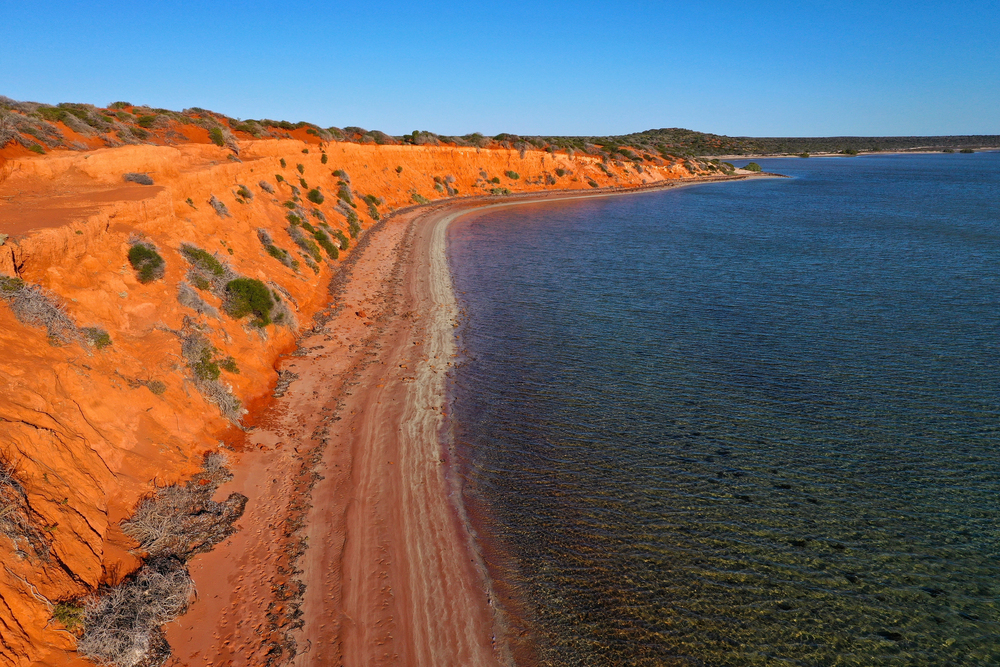
Australia’s Kimberley Coast stretches for over 7,000 kilometers along the country’s remote northwestern edge. Dramatic red cliffs rise straight out of turquoise water while small expedition ships navigate through ancient gorges where Aboriginal rock art tells stories tens of thousands of years old. The tides here rank among the most extreme in the world — creating horizontal waterfalls that seem to defy physics. This route operates during the dry season from April to September, offering access to wilderness areas that are virtually impossible to reach any other way.
Spitsbergen and Franz Josef Land
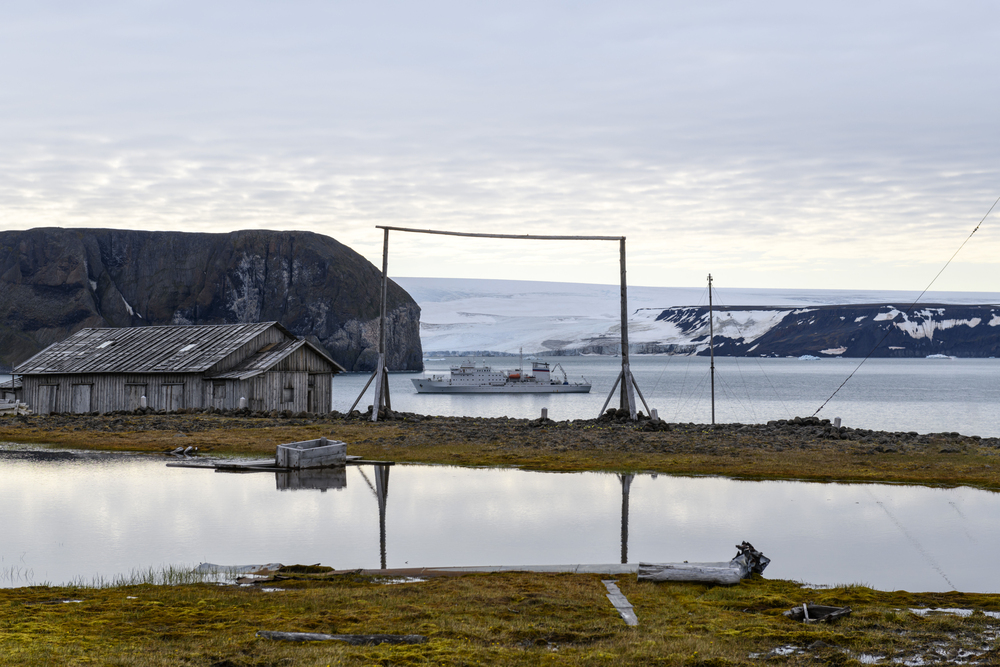
These Arctic archipelagos sit so far north that they experience months of complete darkness followed by months of endless daylight. Spitsbergen — part of Norway’s Svalbard territory — serves as a launching point for expeditions to Franz Josef Land, where Russian research stations dot the landscape. Polar bears outnumber humans in this region, while the silence becomes so complete you can hear ice crystals forming in the air. The cruise season here lasts only from June through August, making it one of the most exclusive and challenging routes in the world.
Socotra Island, Yemen
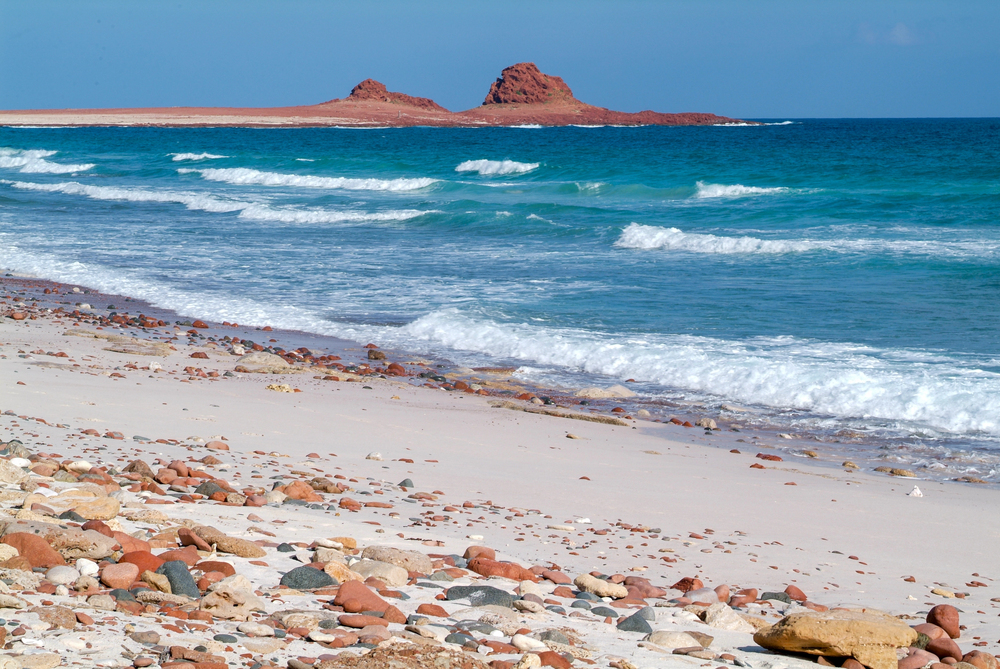
Socotra Island looks like something from a Dr. Seuss book. Dragon’s blood trees resemble giant umbrellas, while plants that evolved in complete isolation from the rest of the world cover the landscape. About one-third of its plant species exist nowhere else on Earth — earning it the nickname ‘the Galápagos of the Indian Ocean.’ Political situations have made this destination challenging to reach in recent years, yet specialized expedition cruises still occasionally venture here. The island’s beaches remain completely undeveloped while its people maintain traditional ways of life that haven’t changed for generations.
Kamchatka Peninsula, Russia
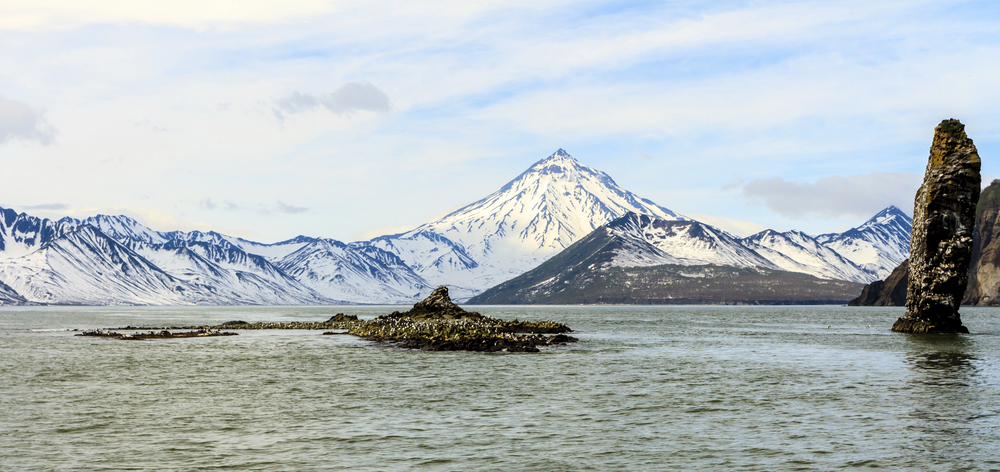
The Kamchatka Peninsula feels like Siberia’s wild younger sibling — packed with active volcanoes, hot springs, and massive populations of brown bears. This region was completely closed to outsiders during the Soviet era. It still requires special permits to visit today. Cruise passengers can witness some of the most spectacular volcanic activity on the planet, with geysers shooting hundreds of feet into the air. The salmon runs here attract so many bears that you’ll often see dozens feeding in a single river — creating wildlife viewing opportunities that are unmatched anywhere else.
South Georgia and the South Sandwich Islands
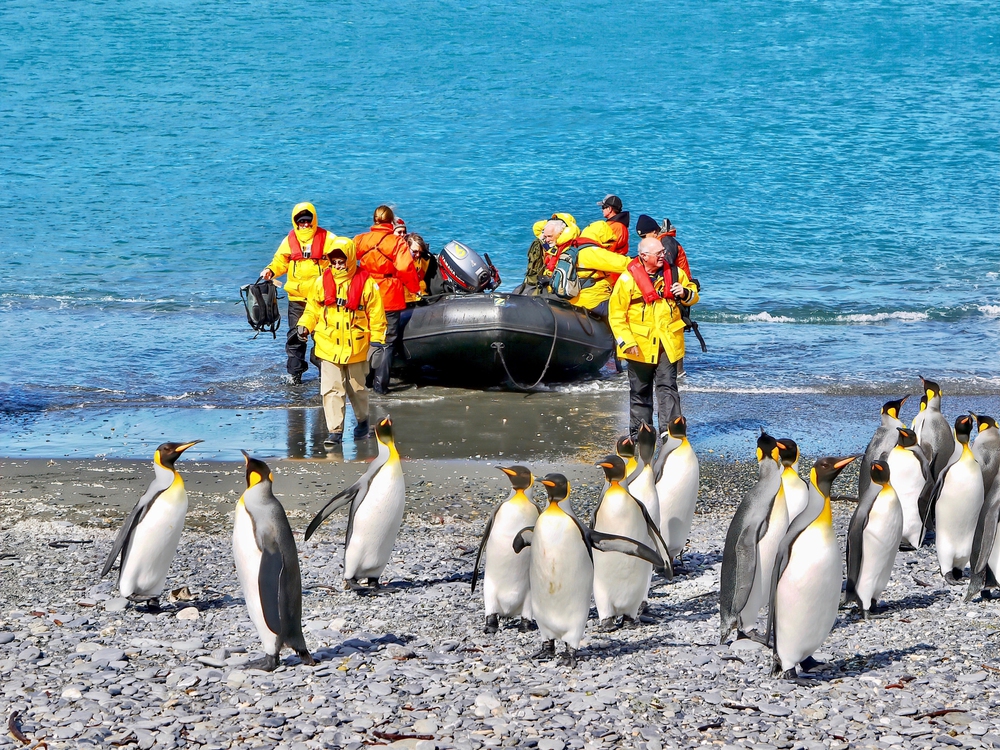
These sub-Antarctic islands serve as a nursery for millions of penguins, seals, and seabirds. They create one of the most concentrated wildlife experiences on the planet. South Georgia alone hosts over 400,000 king penguins during breeding season — alongside massive elephant seals that can weigh up to 8,000 pounds. The islands also hold deep historical significance as the final destination of Ernest Shackleton’s legendary Endurance expedition. Getting here requires crossing the notoriously rough Southern Ocean, though the payoff is access to one of the most pristine wilderness areas left on Earth.
Raja Ampat, Indonesia
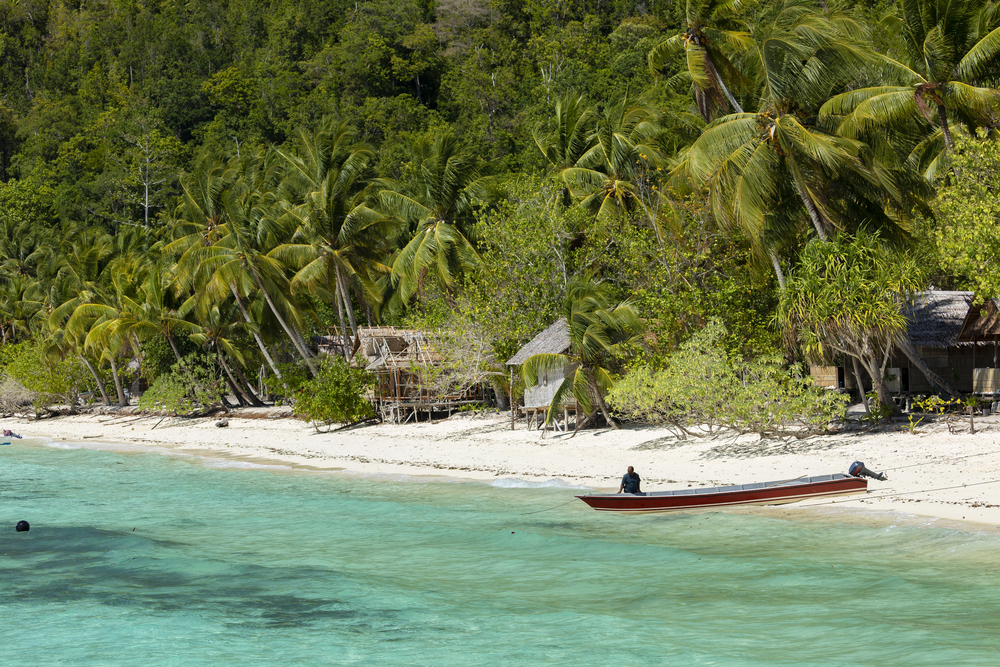
— Photo by alvarobueno
Raja Ampat translates to ‘Four Kings’ in Indonesian — referring to four main islands that sit at the heart of the world’s richest marine biodiversity. This region contains more fish species than the entire Caribbean, while coral reefs look like underwater rainforests. Small expedition ships can navigate between the countless karst islands, each one topped with dense jungle and surrounded by crystal-clear water. The local communities here have implemented some of the world’s most successful marine conservation programs — creating sanctuaries where fish populations are recovering dramatically.
Chilean Fjords
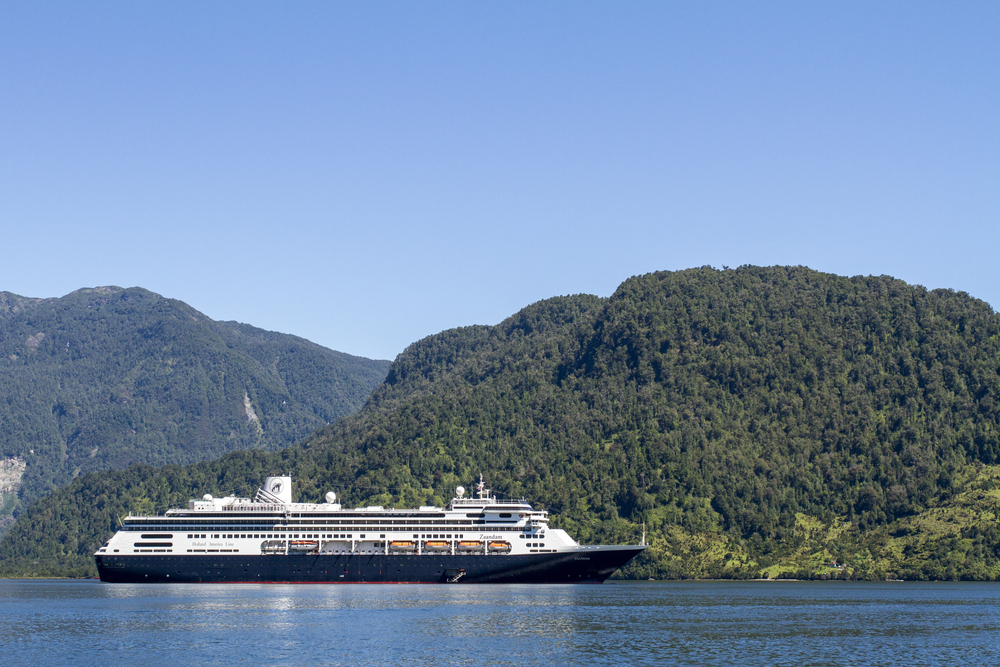
— Photo by adfoto
Chile’s southern coastline fractures into thousands of narrow channels and towering fjords that stretch for over 1,000 miles toward Antarctica — creating a constant symphony of cracking ice and thunderous splashes as massive chunks break away. The region experiences some of the most dramatic weather on Earth, with conditions that can change from calm sunshine to howling winds within minutes. Small ships navigate through passages so narrow you can almost touch the granite walls on both sides — offering an intimate experience with one of the world’s most remote wilderness areas.
Lofoten Islands, Norway
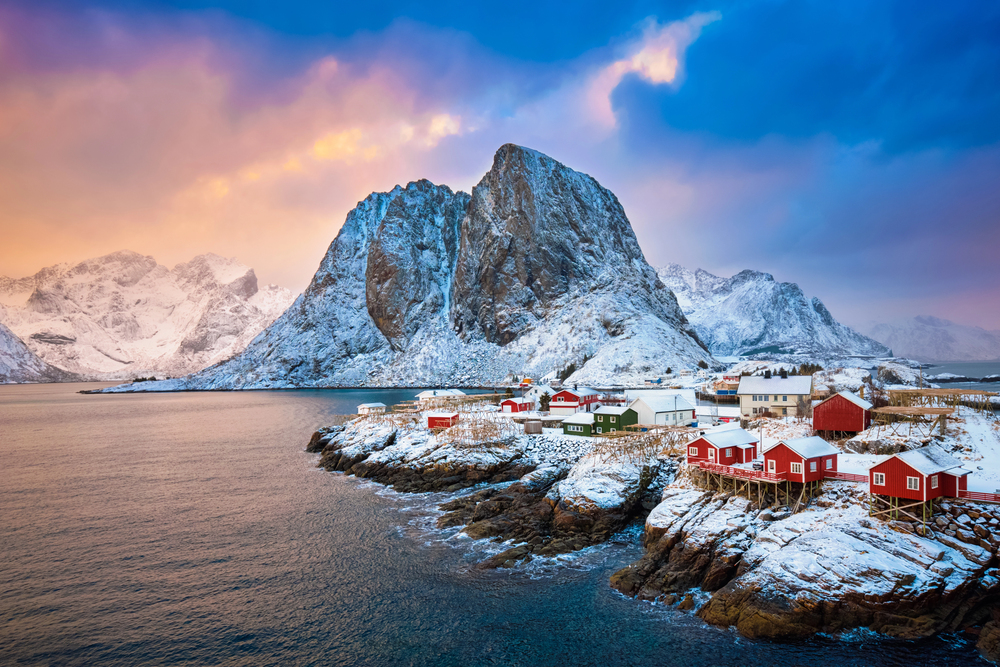
The Lofoten Islands rise from the Norwegian Sea like a 100-mile-long wall of granite peaks — creating some of the most dramatic scenery in the Arctic Circle. Traditional fishing villages cling to the coastline, connected by bridges that leap from island to island across churning water. The midnight sun illuminates these peaks for months during summer, while winter brings the northern lights dancing across star-filled skies. This route combines the raw beauty of the Arctic with centuries of Norwegian maritime culture — offering insights into how people have thrived in one of the world’s most challenging environments.
Heard and McDonald Islands
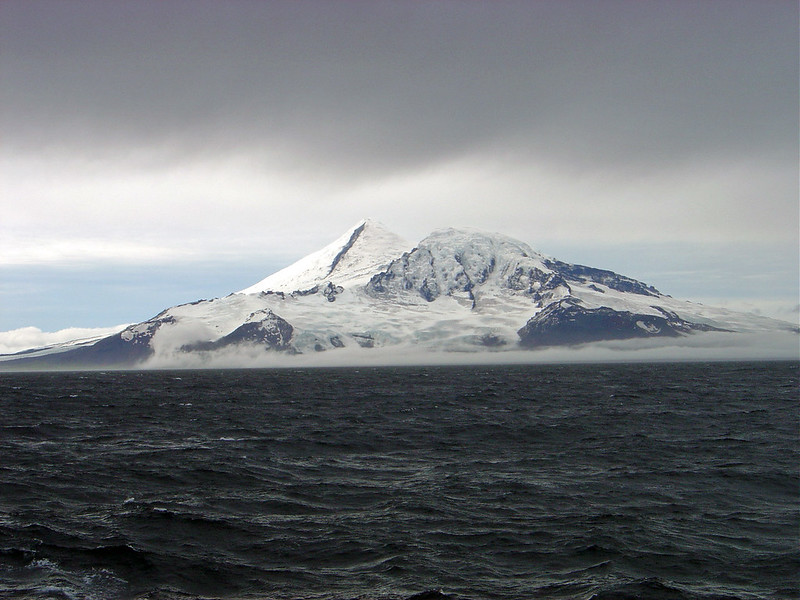
These volcanic islands sit in the Southern Ocean roughly halfway between Australia and Antarctica. They’re among the most isolated places on Earth. Heard Island features an active volcano called Big Ben that rises over 9,000 feet directly from the ocean, creating its own weather systems and microclimates. The islands remain largely covered in glaciers despite their volcanic activity, which creates a landscape that seems almost alien. Only scientific expeditions and the most specialized cruise ships ever reach these waters, where fur seals and king penguins vastly outnumber human visitors.
Faroe Islands
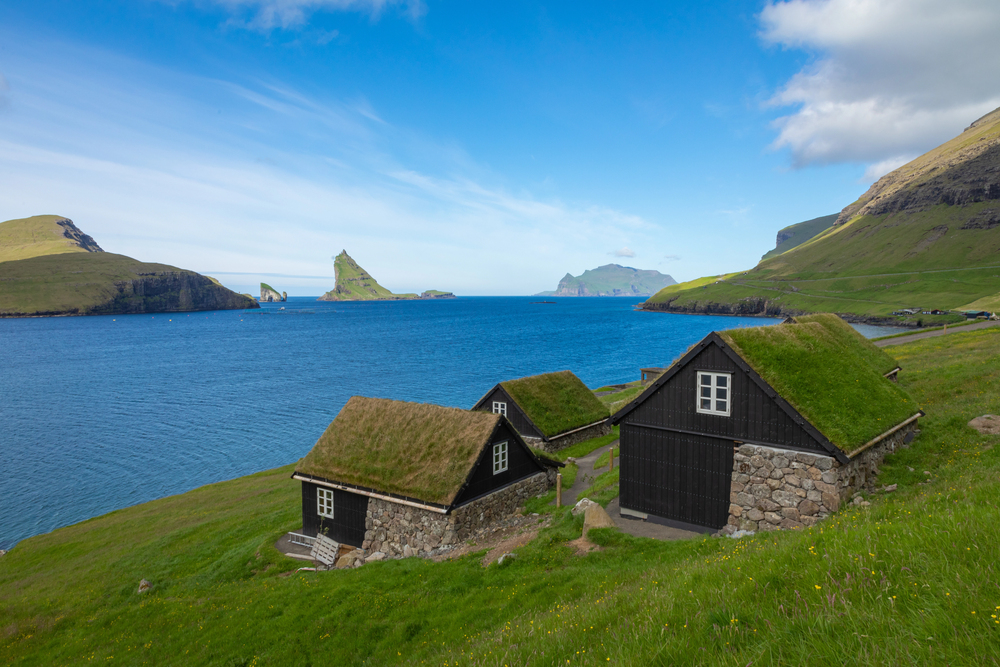
The Faroe Islands emerge from the North Atlantic like stepping stones between Iceland and Norway. Each one’s covered in emerald grass that seems to glow against dark volcanic rock. Sheep outnumber humans here by about three to one while traditional grass-roof houses dot the landscape like something from a fairy tale.
The islands experience over 300 days of rain per year, creating dozens of waterfalls that cascade directly into the ocean. Local communities still practice traditional whale hunting and maintain cultural traditions that date back over 1,000 years, offering visitors a glimpse into a way of life that’s remained largely unchanged.
Commander Islands, Russia
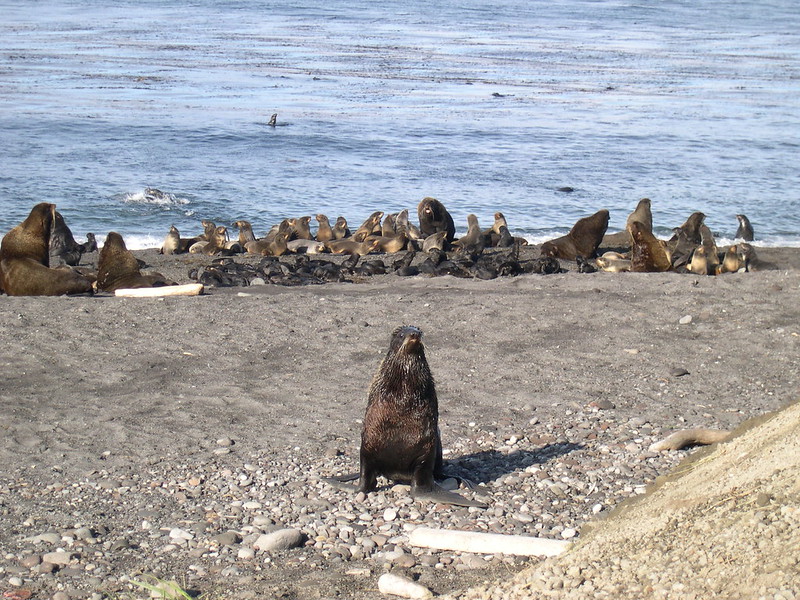
The Commander Islands sit in the Bering Sea between Russia and Alaska. They serve as the final resting place of explorer Vitus Bering and the only place where Steller’s sea cows were ever documented before going extinct. These islands host massive populations of fur seals and sea lions, along with some of the world’s largest Steller’s sea eagles.
The indigenous Aleut people maintain traditional villages here while preserving cultural practices that nearly disappeared during the Soviet era. Getting to the Commander Islands requires special permits and cooperation with Russian authorities, making this one of the most exclusive cruise destinations in the Pacific.
Tristan da Cunha
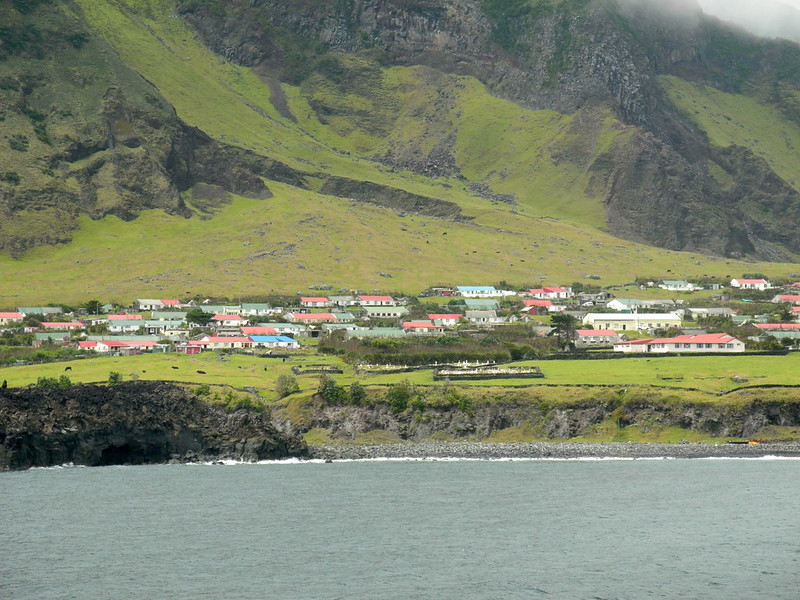
Tristan da Cunha holds the title of the world’s most remote inhabited island. It sits 1,750 miles from the nearest neighbor in the South Atlantic Ocean. The entire population of about 250 people shares just seven family names, and they’ve developed their own dialect of English that incorporates words from multiple languages. The island has no airport, which makes ship travel the only way to reach this community that calls itself ‘the loneliest place on Earth.’ Visitors can experience a completely self-sufficient society where people still farm using methods their ancestors brought from Britain over 200 years ago.
Jan Mayen Island
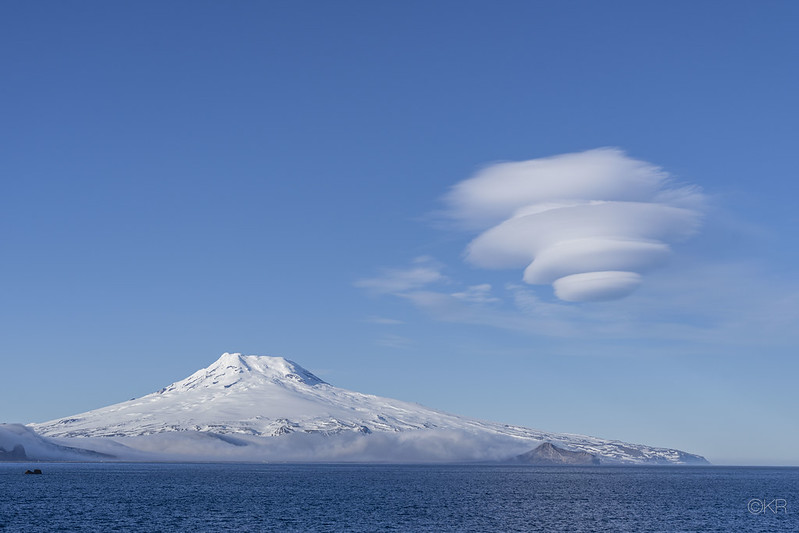
Jan Mayen Island rises from the Arctic Ocean like a single mountain peak. The active Beerenberg volcano dominates the landscape and creates its own weather patterns. This Norwegian territory hosts a small meteorological station but otherwise remains uninhabited, serving as a critical breeding ground for Arctic foxes and seabirds. The island sits along the edge of the Arctic ice pack, which means wildlife viewing conditions can change dramatically depending on ice movements and weather patterns. Reaching Jan Mayen requires perfect timing and weather conditions, making successful landings feel like winning the lottery for Arctic expedition enthusiasts.
Pitcairn Islands
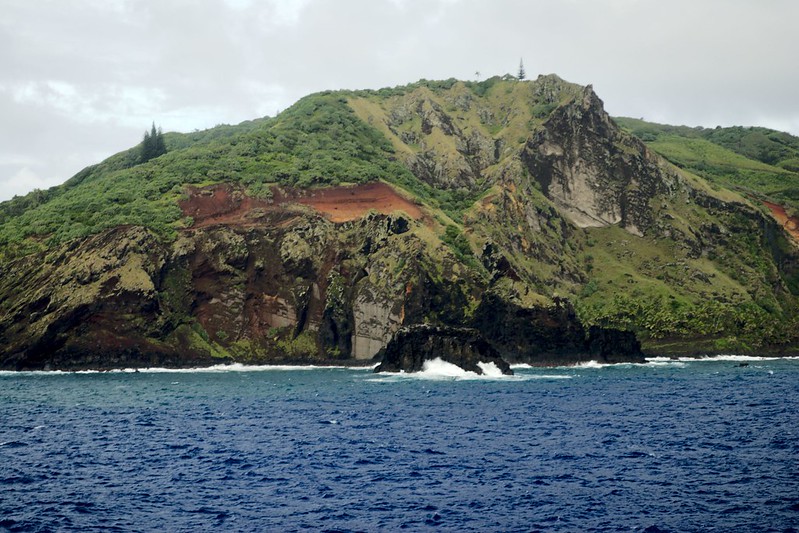
The Pitcairn Islands gained fame as the final refuge of the HMS Bounty mutineers, yet they remain one of the most isolated communities in the Pacific Ocean today. Bounty Bay serves as the only landing point on the main island, while residents still use longboats to transfer people and supplies through heavy surf. The population hovers around 50 people, most of whom are descendants of the original mutineers and their Tahitian companions. Getting here requires passage on supply ships that visit only a few times per year, or joining one of the rare expedition cruises that venture into this remote corner of Polynesia.
Bouvet Island
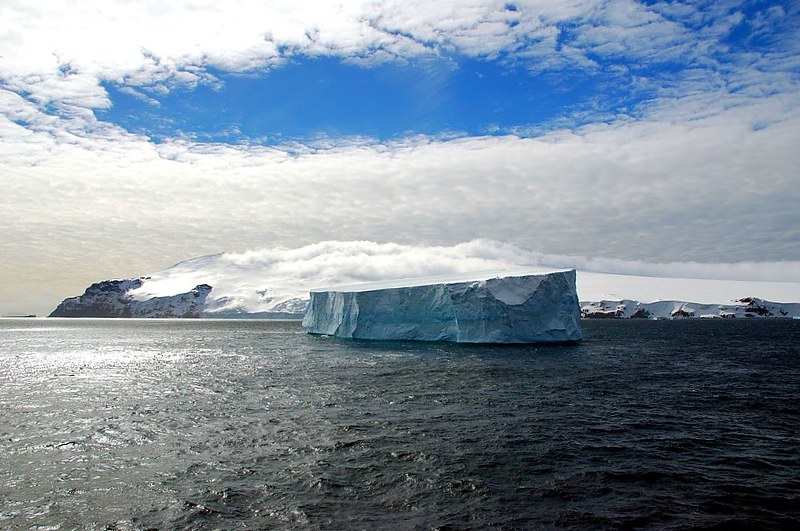
Bouvet Island might be the most isolated piece of land on Earth. It sits in the South Atlantic Ocean over 1,000 miles from the nearest neighbor. This Norwegian territory consists almost entirely of glacial ice, with only small patches of bare rock visible along the coastline. The island has no permanent inhabitants and no regular transportation services, making it accessible only to the most specialized scientific expeditions. Weather conditions here are so severe that successful landings happen only a few times per decade, earning it recognition as one of the most challenging destinations for extreme expedition cruising.
When Adventure Calls Louder Than Comfort
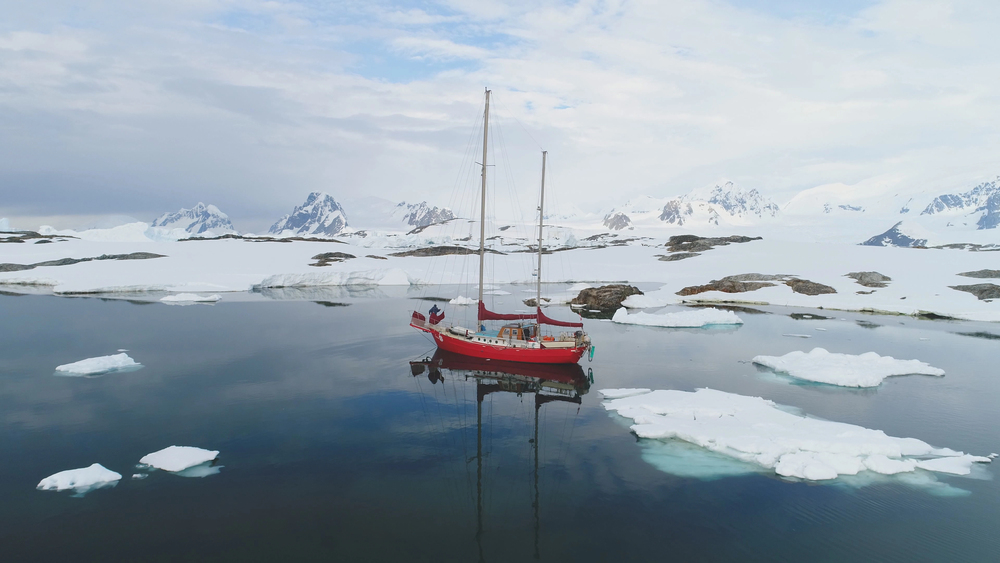
— Photo by mozgova
These remote cruise routes represent something that’s becoming increasingly rare in our mapped and measured world. They offer the chance to experience genuine discovery. While mainstream cruise destinations continue growing more crowded and commercialized, these hidden routes provide travelers the opportunity to step into landscapes and cultures that remain largely untouched by mass tourism.
The ships that venture into these waters carry fewer passengers and focus on education and conservation rather than entertainment and luxury. Each journey becomes less about relaxation and more about expanding your understanding of what’s possible on our planet, though for those willing to trade poolside comfort for polar expeditions, these routes offer rewards that no traditional cruise can match.
More from Travel Pug

- 20 Best Beach Towns in the Carolinas
- 13 Destinations Where Tourists Regularly Regret Their Trip
- 20 Things You Actually Get in First Class
- 20 Small Airports With Aviation Museums
- 20 Places in the U.S. That Are Perfect for a Reset Trip
Like Travel Pug’s content? Follow us on MSN.
